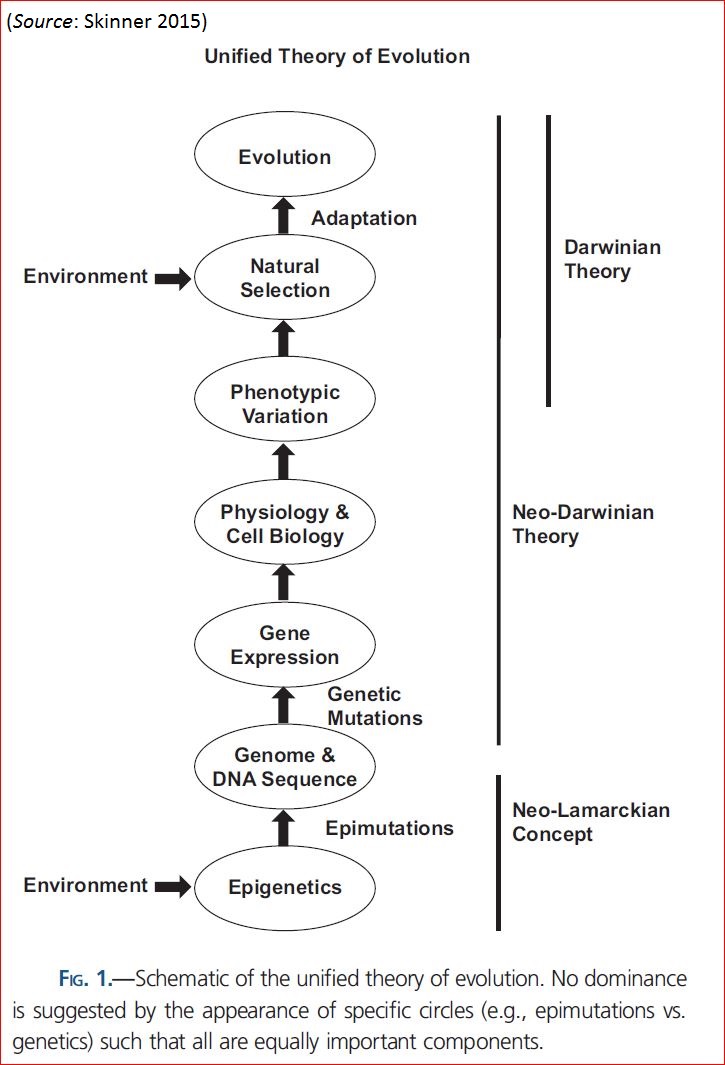See how the topics fit together
The importance of early childhood education

Evidence shows that early, formal education helps prepare young children for kindergarten. Yet very few families can afford full-time quality nursery school. Without governmental and nonprofit support, children from low-income families bring a statistically significant lower level of readiness to the k-12 system than their more resourced peers. But do early education interventions – like State-funded pre-kindergarten programs – effectively even the playing field for all children, no matter what race or SES background?
Save
Save
Related Commentary
Explore this gap
Life Gaps
Children who attend formal pre-K programs . . . . .
Demographics of families of children in government-funded programs vs. private nursery programs. Differences in facilities, staff quality.
Research Gaps
Teacher training on implicit racial and SES bias. Long-term effectiveness and scalability of early childhood education programs.
Cost-Benefit Considerations
Costs and investments in early childhood and pre-K education.
NIEER, State(s) of Head Start:
Individuals and Organizations
Resources
See this Gap

Similar Charts
-
Legend One
-
Legend Two
-
Legend Three
-
Legend One
-
Legend Two
-
Legend Three